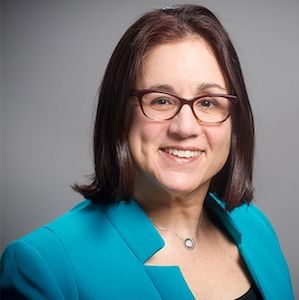Video
Therapeutic Decision Making in SCD
Experts discuss patient factors and decision-making in choosing therapies for sickle cell disease.
Abdullah Kutlar, MD: I am guilty of casting a wide net. What does that do? We have a patient who has been admitted 26 times to the hospital. That patient probably has chronic pain. I’m not sure we are doing the patient or the drug a favor by enrolling these types of patients in voxelotor. We need to exercise some more caution. When he did the study, it clearly showed that this was an issue.
Wally Smith, MD: Pain is still the unspoken, untreated syndrome in sickle cell disease. It’s a disease all its own, Ify. You could take sickle cell out of it. At some point, the whole nervous system goes haywire. There’s automaticity involved, and plasticity involved, and your brain doesn’t look the same on imaging. When you touch people, they go ouch; they shouldn’t. When they hurt, they hurt bilaterally. There’s something going on at some point that sickle cell began, but it didn’t end. We don’t quite understand it. What we do know is that once it gets going, it’s a devil to start. You can transplant a patient and they will still have chronic pain.
Abdullah Kutlar, MD: Another thing, Wally, is when you ask them where they are hurting, the answer for the most part is all over.
Wally Smith, MD: We need to understand that and not expect that agent like voxelotor, crizanlizumab, L-glutamine, or hydroxyurea.
Ifeyinwa Osunkwo, MD, MPH: Or transfusions.
Wally Smith, MD: Or transfusions are going to get rid of a neurological catastrophe that has been created by sickle cell disease but now is a disease on its own.
Abdullah Kutlar, MD: On its own. Very nice way to put it.
Ifeyinwa Osunkwo, MD, MPH: It is important that for every patient that you’re evaluating for any of these disease-modifying agents, you try to break apart. What is sickle cell, related pain, anemia, organ damage, and what part is generalized chronic pain syndrome that will not respond to any of these medications. And you want to set the right expectation for the patient. I believe in optimizing the sickle cell disease treatment to take care of the sickle cell disease part. For whatever is left over, we got to think about other things and begin to collaborate with our pain specialists. Our rheumatologist goes into fibromyalgia, chronic pain syndrome therapy. And the treatment for those types of pains is not opioids. It’s not escalating opioid doses. There was a talk that we gave about the neuronal changes that happen with chronic pain and how all pain and sickle cell is not sickle cell crisis pain when you think about it in a broader sense.
Transcript Edited for Clarity




